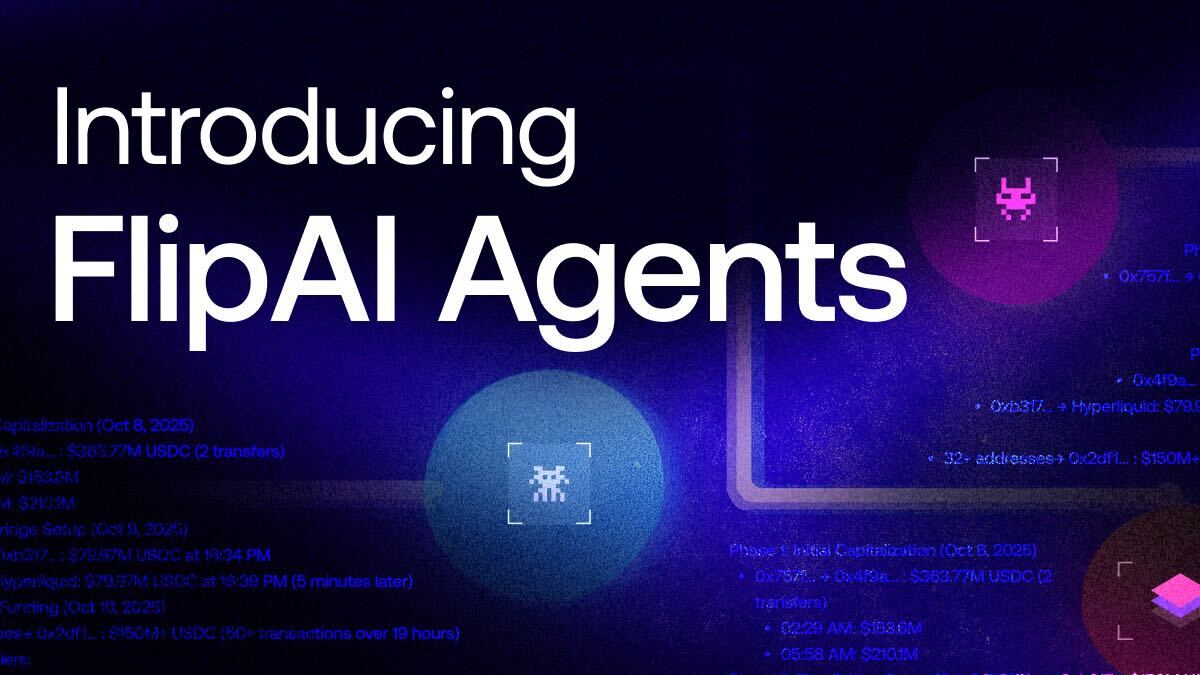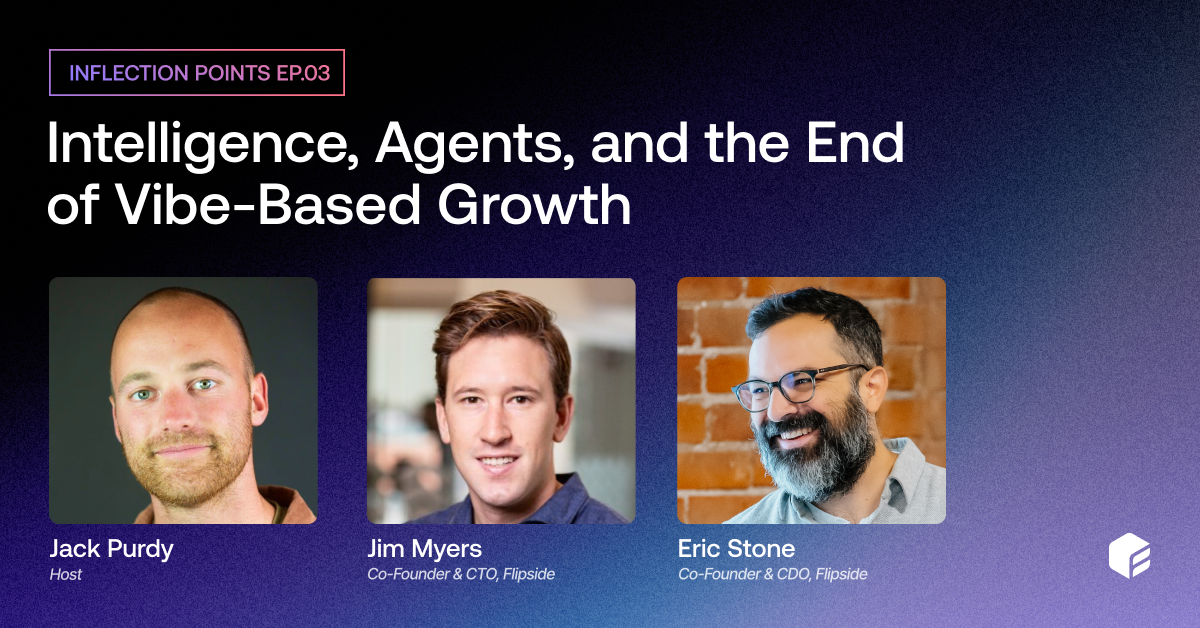8 Tips for your first time using Flipside data

Welcome to Flipside! The data you just got access to is the highest-quality data available, and will be a massive asset to your decision-making process. Even if you’ve never worked with data before, accessing insights should be pretty straightforward.
Below are some tips to help you get started, but even before those, our best tip is to follow your curiosity! There are always new questions to be answered, developing trends to map, and fresh opportunities to identify.
Now, let’s dig in!
1. Use community queries for inspiration
There are hundreds of thousands of queries generated by community analysts at flipsidecrypto.com. Browse them for interesting topics and query inspiration.
When you find one you like, you can click any chart in a dashboard to be shown the query in detail. Chances are, what you’re looking for has been done. And if it hasn’t, you’ll come away with a new perspective, ready to solve problems.
2. Combine databases
Did you know you don’t need to write a new query for every database or blockchain you want data from? First, our crosschain tables include interchain activity, giving you access to several blockchains at once. But more importantly, Snowflake lets you access multiple databases in the same query. Simply select another database below the first one in your query. Unleash your queries and grab all that data at once!
3. Find errors quickly
However, when you do decide to write a complex query that hits multiple databases, it might take a bit longer to run. To save time, set a time period of one day when you first run your queries, no matter how much information you need.
This way, if the query fails, you won’t have to wait for such a large query to compute before finding out!
4. Pin tables
Your work space affects your work pace. To simplify and speed up your workflow, pin any tables you come back to frequently in the left hand column for easy access.
5. Save custom views
Your Snowflake account comes with a private sandboxed database that’s designed to be customized. For complex queries you’ll want to keep refreshed, you can build custom views into your database on top of Flipside’s Data Shares.
To create a custom view, start by creating a schema with the CREATE SCHEMA command and a name. Below your new schema, simply wrap any query in a CREATE VIEW statement, and you’re all set!
6. Use ‘Tab’ to filter search results
When searching for a table in Snowflake, you can filter by database and schema simply by pressing Tab instead of Enter in the search bar. This locks what you’ve typed as a filter, allowing you to then search specifically within a specific database or schema.
7. Don’t forget to group!
Some tables require a grouping, and will throw an error if you forget. If you see “table is not a valid group by expression”, it means you need to add the variable to a ‘group by’ function (even though that error message sounds contradictory).
8. Update multiple lines at once
In many queries you’ll find syntax repeated on several successive lines (such as with LIMIT statements). Save time by alt-right click-and-dragging the lines you want to edit. A large cursor will span the lines you’ve selected, and when you type, the same text will appear on each line. Talk about a productivity hack!
Looking for more tips?
Blockchain data is complex, and doesn’t follow any set standards industry-wide. That’s why Flipside data is designed to be easy to learn - schemas are organized by sector and the pattern is consistent across chains, so once you’ve written a few queries, you’re up to speed!
For a more comprehensive look at our data, read up on the Flipside docs. They contain detailed descriptions of each chain we cover, Snowflake SQL resources, our modeling, labeling, and tagging methodologies, and even tips for more efficient queries.
Beyond that, the resources page on our website has all kinds of helpful articles, video tutorials, and more, so be sure to explore there.
And as always, don’t hesitate to reach out with any questions. Happy queries!







